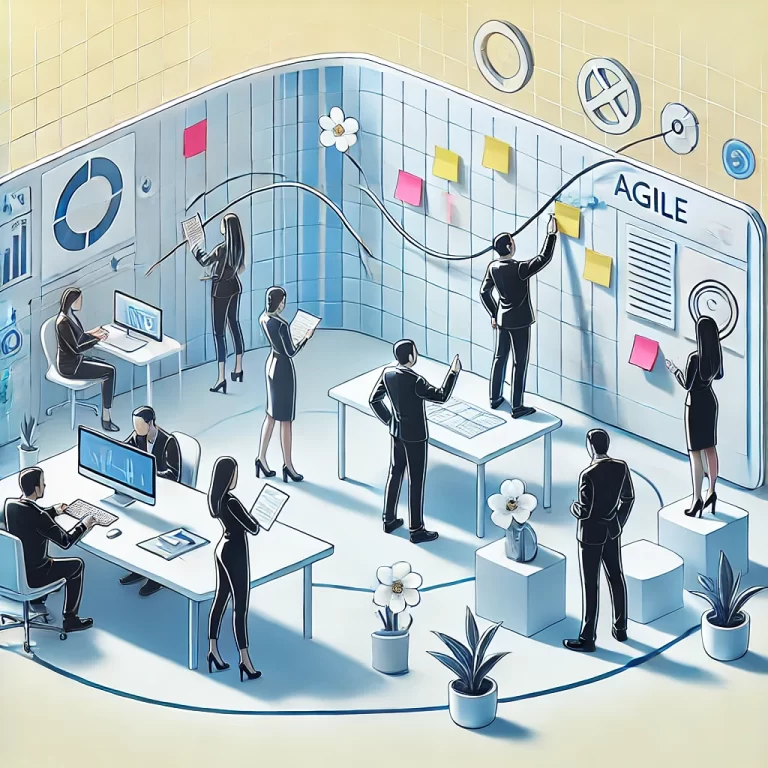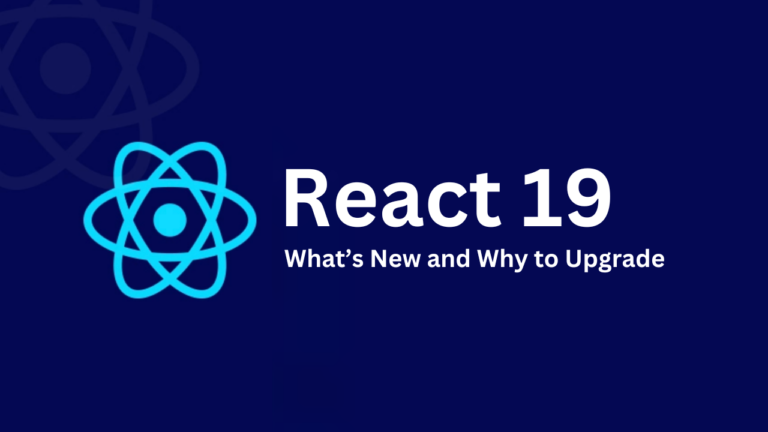Apache Kafka is a distributed streaming platform that has gained immense popularity in recent years due to its high throughput, low latency, and fault-tolerant messaging capabilities. It is a versatile tool that can be used for various use cases such as real-time data processing, data integration, and event streaming.
In this article, we will delve into the basics of Kafka, explore its usage scenarios, and provide practical implementation examples to help you master this powerful technology.
Section 1: Understanding Kafka
What is Kafka?
Apache Kafka is an open-source distributed streaming platform that allows you to publish and subscribe to streams of records. It is designed to handle high throughput and low latency messaging with a fault-tolerant architecture. Kafka can be used for various use cases such as real-time data processing, data integration, and event streaming.
Key Concepts of Kafka
1. Topics: Topics are the logical containers for messages in Kafka. They are categorized by name and can contain multiple partitions. Each partition is an ordered sequence of messages that can be processed independently.
2. Partitions: Partitions are the physical subdivisions of a topic that allow parallel processing of messages by multiple consumers. Each partition has a unique identifier and contains a subset of the messages in the topic.
3. Producers: Producers are responsible for publishing messages to Kafka topics. They can specify the partition key to control message placement in partitions for efficient consumption by consumers.
4. Consumers: Consumers subscribe to one or more topics and consume messages from partitions assigned to them based on their subscription strategy (e.g., starting from the beginning or from a specific offset).
5. Brokers: Brokers are the servers that store the messages in Kafka topics and manage the partition assignments for consumers. They also replicate messages across multiple brokers for fault tolerance and high availability.
Section 2: Usage Scenarios of Kafka
1. Real-Time Data Processing
Kafka can be used for real-time data processing by ingesting data from various sources (e.g., databases, sensors, logs) and transforming it into actionable insights through stream processing frameworks such as Apache Flink or Apache Spark Streaming integrated with Kafka Connect (a tool for connecting Kafka with external systems). This allows for real-time data analysis, alerting, and decision making based on near-real-time insights.
2. Data Integration
Kafka can be used for data integration by acting as a message bus between different systems (e.g., databases, applications) that generate or consume data in different formats or frequencies (e.g., batch vs stream). This allows for efficient and reliable data synchronization between systems without the need for complex ETL (Extract, Transform, Load) processes or point-to-point integrations between systems that can lead to performance bottlenecks and maintenance challenges.
3. Event Streaming
Kafka can be used for event streaming by capturing events from various sources (e.g., user actions, system events) and delivering them to downstream systems (e.g., databases, analytics engines) in real-time or near-real-time for further processing or analysis (e.g., fraud detection, recommendation engines). This allows for efficient event delivery with low latency and high throughput while maintaining message ordering and reliability guarantees through Kafka’s distributed streaming architecture.
Section 3: Practical Implementation Steps
1. Setting Up Kafka Cluster:
- Installation: Guide to installing Kafka on a local or remote machine.
- Configuration: Configuring server properties, topic creation, and replication factors.
2. Producing and Consuming Data:
- Producer API: Writing a simple Kafka producer in Java/Python to publish data to a topic.
- Consumer API: Building a consumer to retrieve and process data from topics.
3. Ensuring Fault Tolerance:
- Replication: Configuring topic replication to ensure data redundancy and fault tolerance.
- Partitioning: Understanding and setting up topic partitions for parallel processing.
4. Stream Processing with Kafka Streams:
- Introduction to Kafka Streams: Leveraging Kafka Streams API for stream processing and transformations.
- Real-Time Analytics: Implementing real-time analytics using Kafka Streams for data aggregation and analysis.
5. Integration with Ecosystem:
- Connecting with External Systems: Integrating Kafka with databases, Hadoop, Spark, or other data processing frameworks.
- Monitoring and Management: Implementing Kafka monitoring tools like Kafka Manager or Confluent Control Center.
Conclusion
Apache Kafka’s robust architecture and real-time processing capabilities make it a pivotal component in modern data-driven applications. By following this practical guide, developers and architects can gain hands-on experience in implementing Kafka, harnessing its power for efficient data streaming, and integrating it seamlessly into their applications, unlocking the full potential of real-time data processing.











